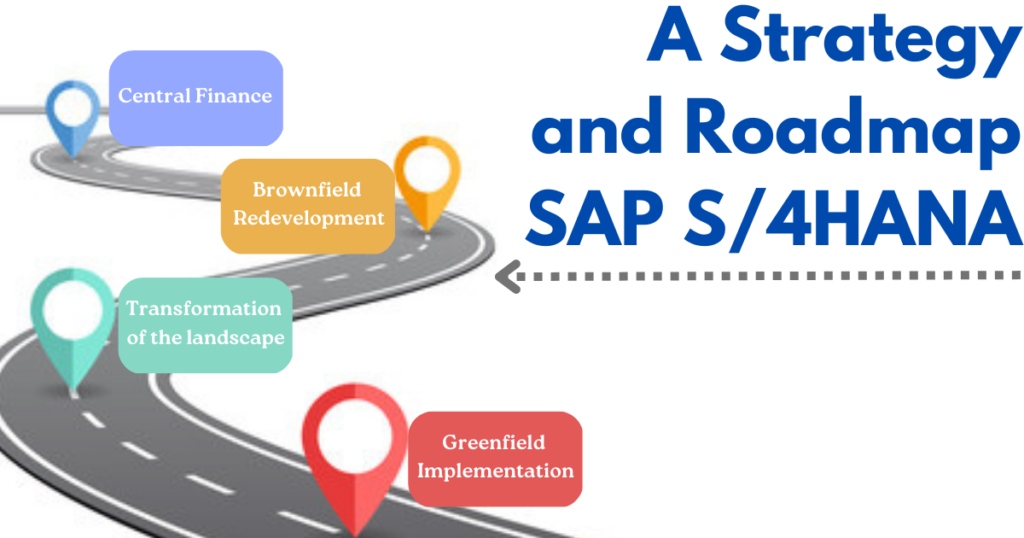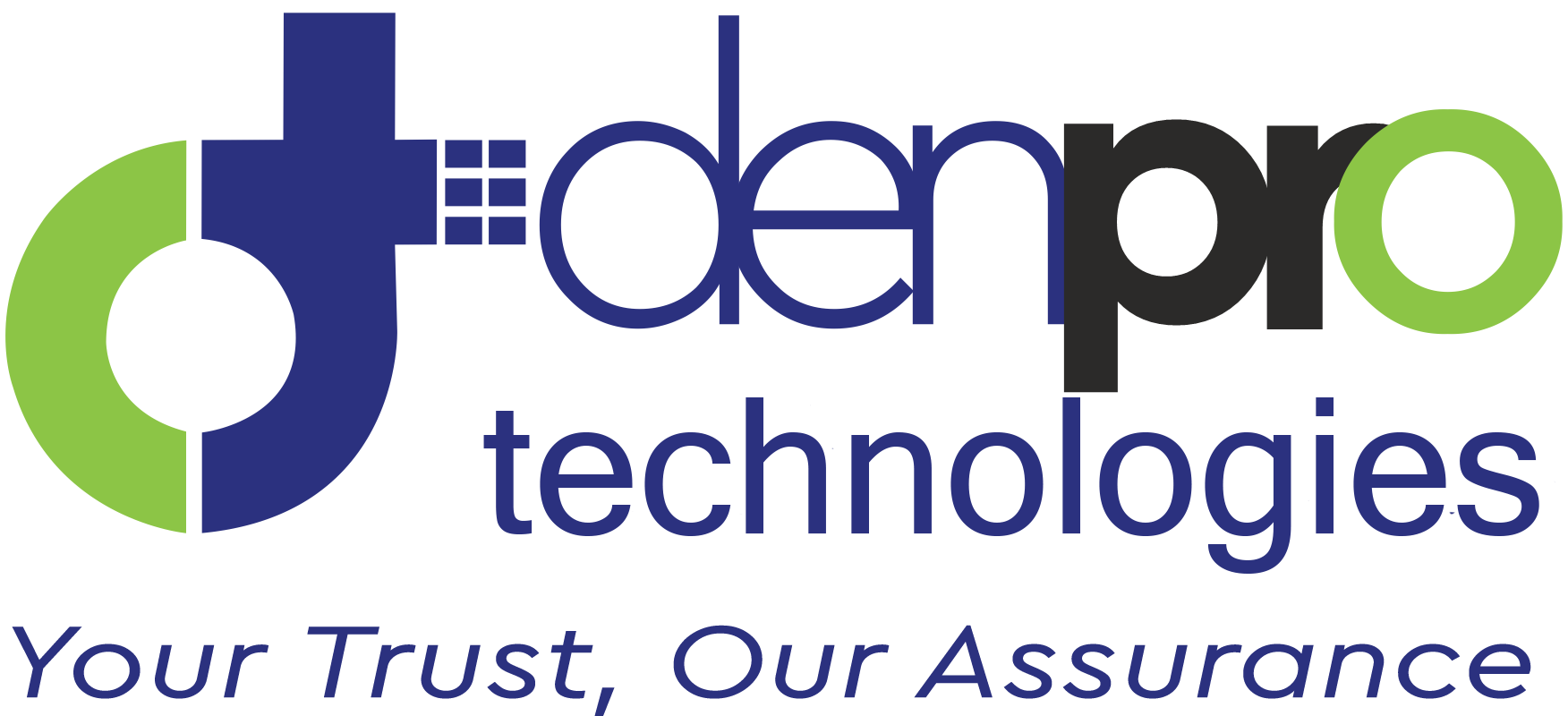What is Roadmap SAP S/4HANA?

A roadmap to SAP S/4HANA is a plan outlining the stages and actions necessary for a company to successfully install the SAP S/4HANA system. A thorough evaluation of the current IT environment, an implementation strategy, and a process for transferring procedures and data to the new system are usually included. Along with a thorough project plan that outlines the precise steps necessary to implement S/4HANA, including timelines, milestones, and deliverables, the roadmap also includes a readiness assessment to ensure that the organization’s IT infrastructure, processes, and staff are ready for the transition. The plan’s objective is to make the transition to SAP S/4HANA effective and painless while maximizing the organization’s advantages from the new system.
A Strategy and Roadmap
As you evaluate the SAP S/4HANA transition approach that is optimal for your organization, you must make two important decisions:
Which version are you going to pick? Sometimes the answer to this question is apparent – use the most recent version, but other times, questions like “Cloud versus On-premise.
Due to the timing of the entire project, one of our Greenfield implementations that began with the 1511 version had to go live with the 1610 version. The project had to freeze to a 1610 version because the latest version was 1709 at the time of go-live, putting the project’s go-live in jeopardy.
How do you handle transitions? It is best to select the version with the option to upgrade first, followed by the implementation strategy. The following possibilities must be assessed.
1-Central Finance: If businesses desire to consolidate their finance transactional process on current ECC, Business Suite systems, Central Finance scenarios give rapid benefits of S/4 and eliminate the requirement for hasty adoption of S/4 for their legacy systems. The companies with a diverse system landscape and several system iterations stand to gain the most from this scenario.
2-Brownfield Redevelopment: This option is accessible for versions 1511 and later of on-premise software as well as for the conversion of ECC, Business Suite on HANA, and Simple Finance to S/4. Whether or whether this is cost-effective depends on the integration of third-party systems and solutions with the present systems’ bespoke code.
3-Transformation of the landscape: Businesses with a big user base from many source systems and geographies need to adopt a specific strategy. Depending on how well their source systems work, these companies may decide to merge all of their systems into a single S/4HANA instance, continue with their S/4 ambitions, or adopt a hybrid strategy that blends Greenfield and Brownfield development.
4-Greenfield Implementation: Data from a traditional ERP system is moved into this new S/4HANA setup. This is a logical decision for brand-new SAP clients. Some of the current Customers use this strategy as well to hide the flaws in their current customized and adopt new technologies. This is what is referred to as “Clean Implementation.”
